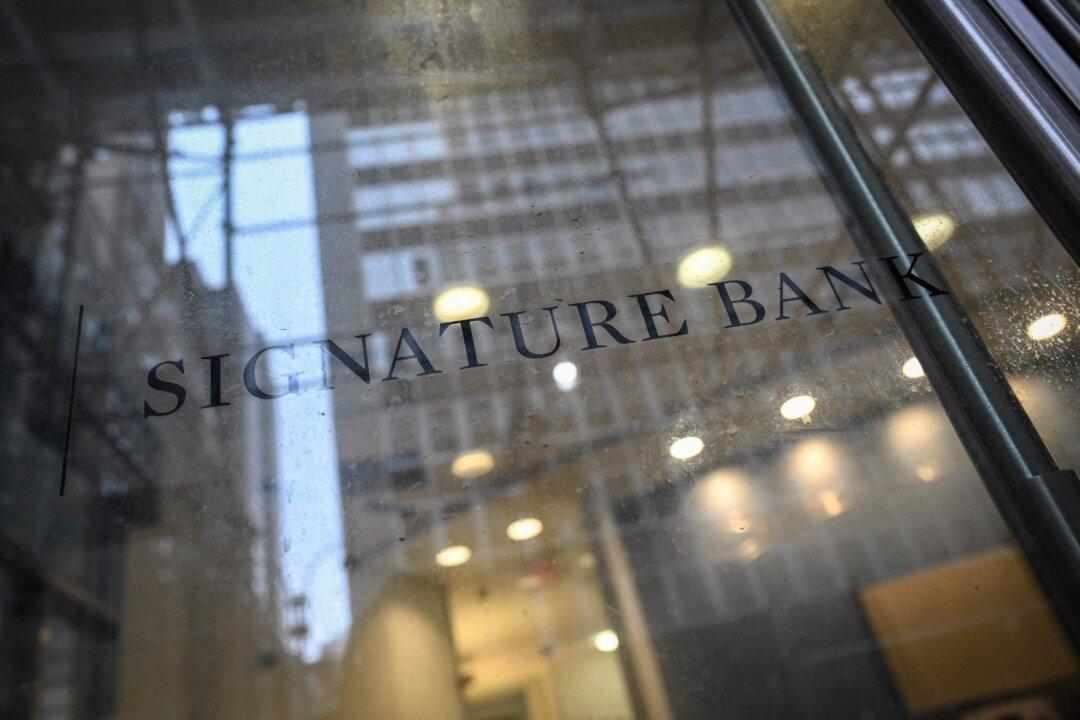A subsidiary of New York Community Bancorp will purchase a significant portion of the failed Signature Bank under a $2.7 billion deal with U.S. regulators, the Federal Deposit Insurance Corp. (FDIC) announced on March 19.
The 40 former branches of New York-based Signature Bank will operate under the name Flagstar Bank—the NYCB subsidiary—beginning March 20, according to the FDIC, an independent agency created by Congress to maintain a stable financial system.





